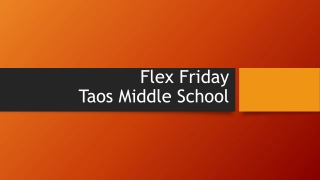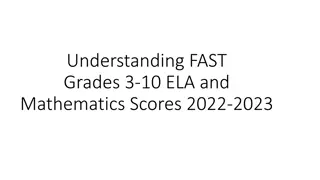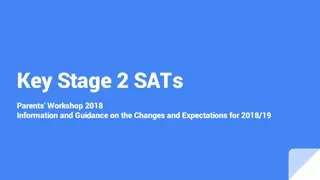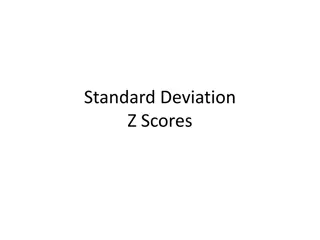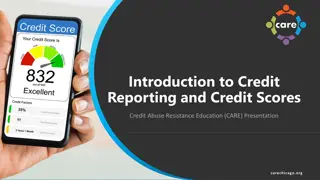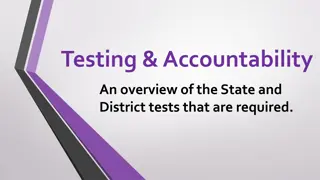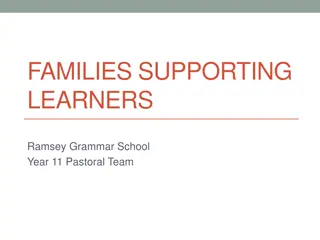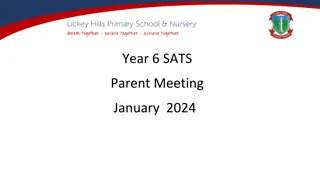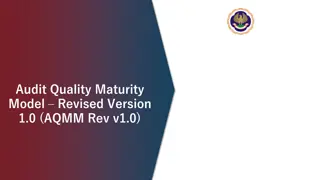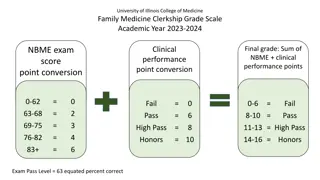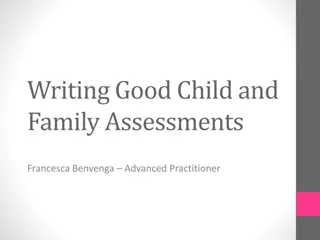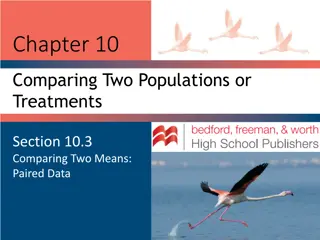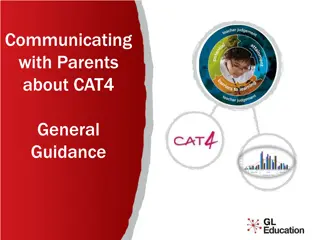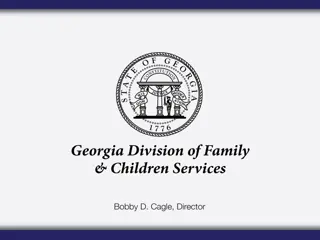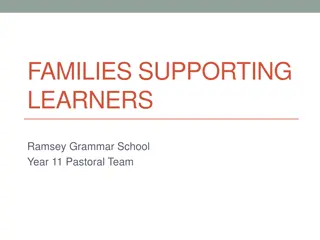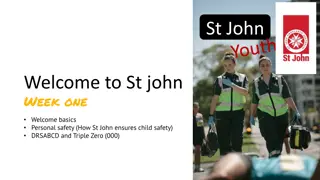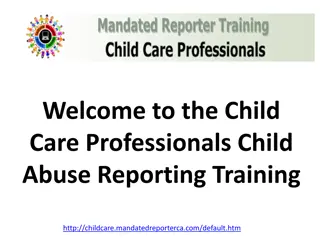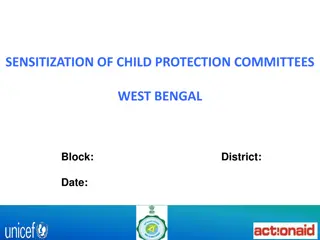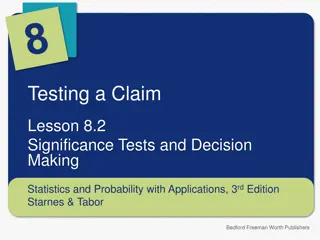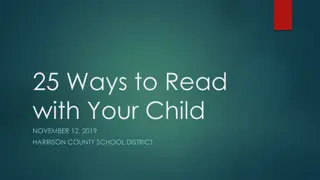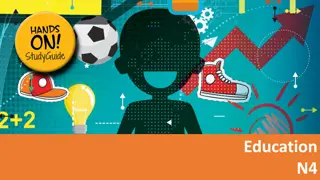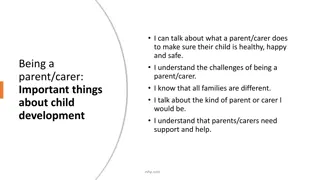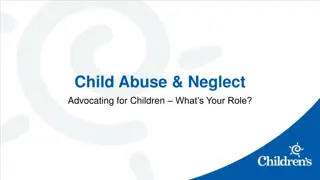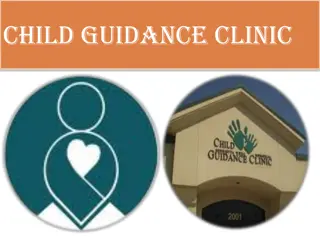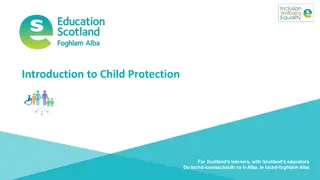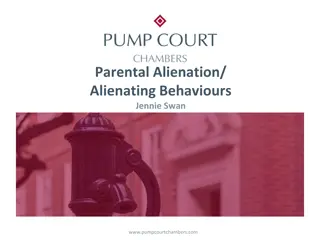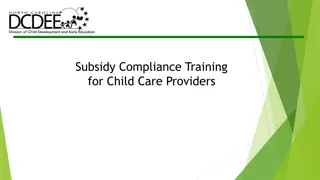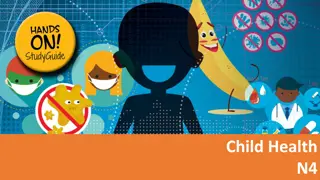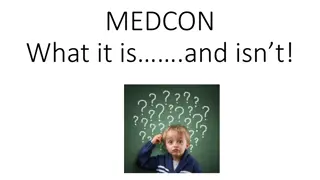Understanding iReady Scores and Their Significance for Your Child
iReady scores play a crucial role in identifying your child's strengths and weaknesses in reading and math. This presentation explains what iReady is, how to access the scores in HAC, and what the numbers mean in terms of scale scores and grade level expectations. By understanding these scores, parents can better support their child's academic growth and progress.
Download Presentation

Please find below an Image/Link to download the presentation.
The content on the website is provided AS IS for your information and personal use only. It may not be sold, licensed, or shared on other websites without obtaining consent from the author. Download presentation by click this link. If you encounter any issues during the download, it is possible that the publisher has removed the file from their server.
E N D
Presentation Transcript
In this presentation we will cover iReady scores and what they mean. If you have any questions specific to your child s performance, please reach out to their teacher. iReady Scores
What is iReady? iReady is an adaptive reading and mathematics test that identifies your child s specific strengths and weaknesses in reading and math An adaptive test means the questions are different from test to test because the questions change based on how a child answers the previous question Students are not expected to get all of the questions correct because the test isn t measuring just what they know, it is trying to figure out what they don t know so we can help them in the areas they need it most
How to access your childs scores in HAC From the main MCA webpage, click on HAC and login
Once in HAC (Home Access Center) First, click on grades Second, click on test scores
Scroll to find your childs most recent iReady Scores What do these numbers mean? Overall scale scores give your child s averaged score based on subcategories. For ELA, that includes phonological awareness, phonics, high frequency words, vocabulary, comprehension of literary texts and comprehension of informational texts. For math that includes numbers and operations, algebraic thinking, measurement and data and geometry
What do Scale Scores Mean? These grade level ranges are for ELA. Find your child s scale score to determine where they place within the grade level expectation. For example, if your child has a scale score of 461, they would fall in the mid-on grade level category for first grade. For a first-grade student scoring below 434, that means they are currently reading below grade level expectations. These grade level ranges are for math. Find your child s scale score to determine where they place within the grade level expectation. For example, if your child has a scale score of 405, they would fall in the early-on grade level category for first grade. For a first-grade student scoring below 404, that means they are currently below grade level in math performance.
What are Lexiles and Quantiles? What do these numbers mean? Lexiles refer to your child s reading level. You can use these numbers to look up books at your child s reading level. Click here to Find a "Just Right" book based on your child's reading level Quantiles are like the Lexile comparison for math.
Grade level lexile ranges Lexile ranges change throughout the year, because students are changing in their reading abilities Beginning of the Year (abbreviated as BOY) for both the 50th and 90th percentile are listed on the chart. Middle of the Year (MOY) and End of the Year (EOY) are also included.
Grade level quantile ranges Quantile ranges change throughout the year, because students are changing in their math abilities Beginning of the Year (abbreviated as BOY) for both the 50th and 90th percentile are listed on the chart. Middle of the Year (MOY) and End of the Year (EOY) are also included.
Questions, comments or concerns? Questions, comments or concerns? Please reach out to your child s teacher Thank you for working with us to help your child be successful! We appreciate your dedication and partnership!


